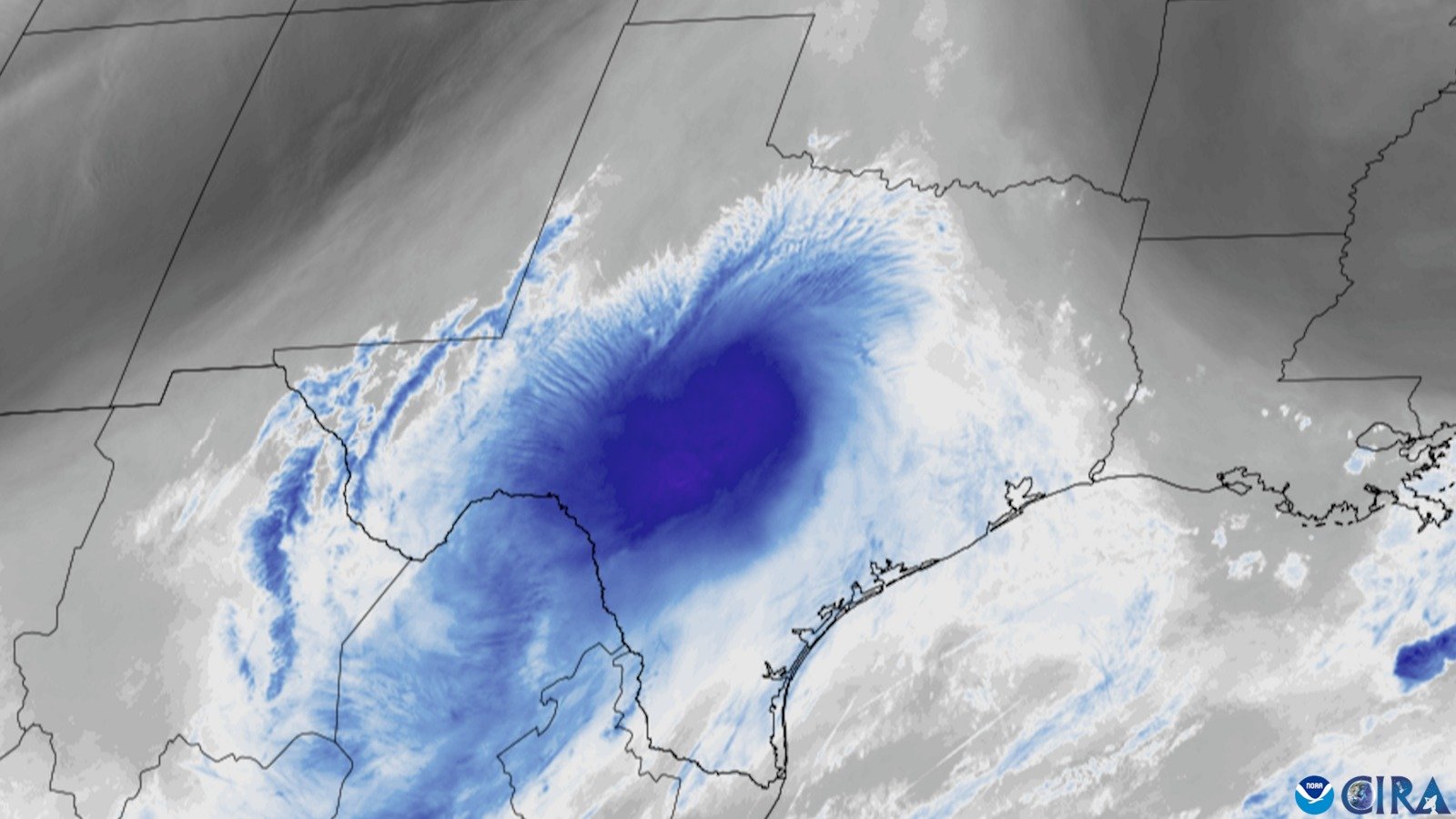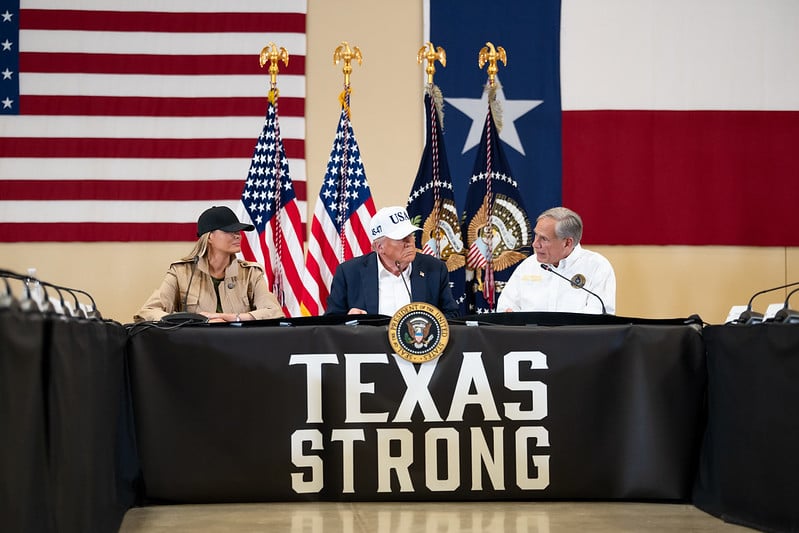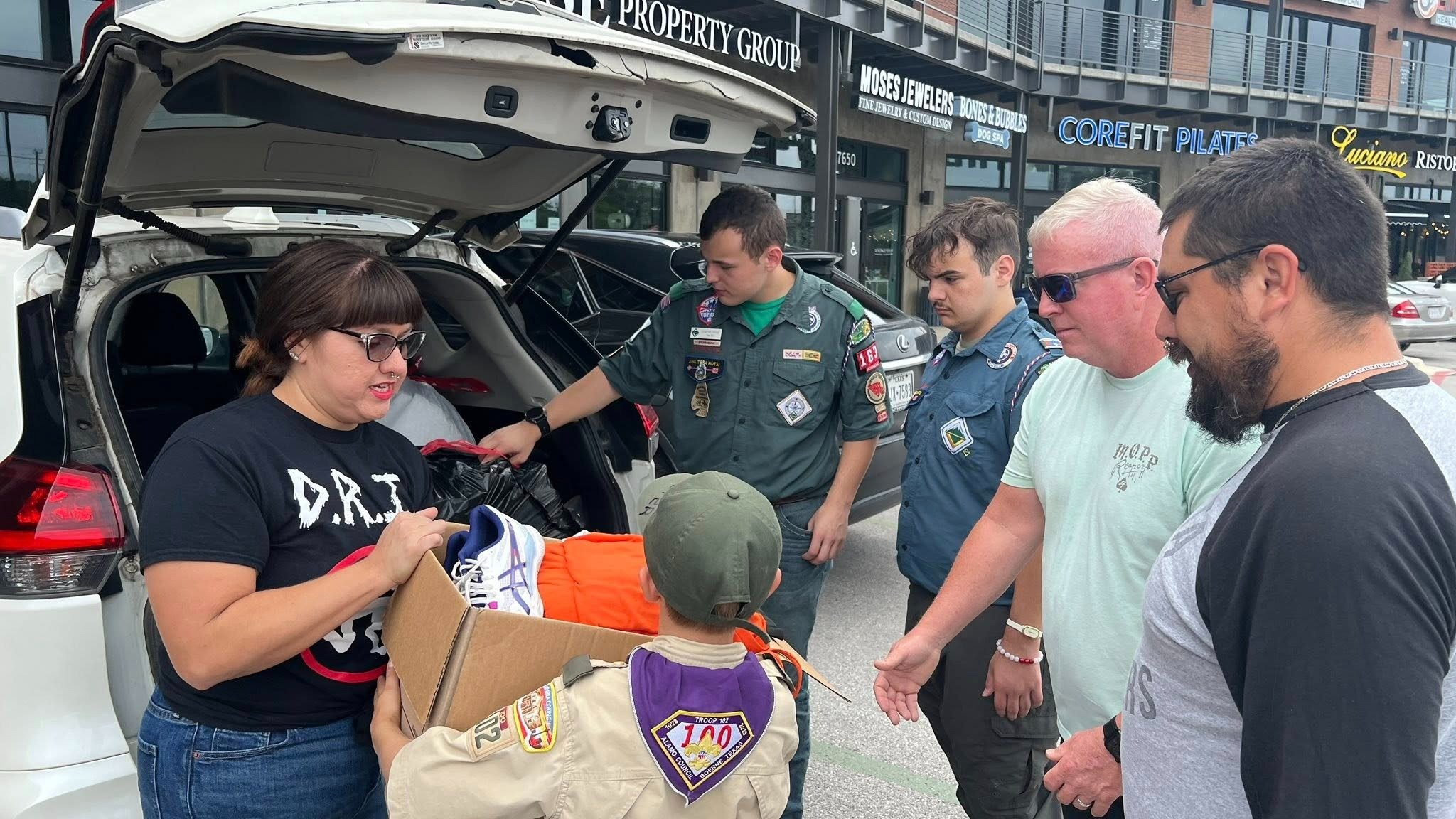Deadly Flash Floods Hit Central Texas
Language
Reading Level
Listen to Article
Alignment

Over the Fourth of July holiday weekend, the Hill Country region in Central Texas experienced intense rainfall. This caused the Guadalupe River, which runs through much of the area, to surge over 26 feet (7.9 m) in about 45 minutes. The rapid rise triggered one of the worst flash floods in US history. The water swept through entire communities with little warning, engulfing land and washing away vehicles, buildings, and bridges. Thousands of residents lost their homes and businesses. As of July 25, 2025, 138 people have died — the 10th-highest toll on record for a US flash flood. Three are still missing.
What are flash floods?
Flash floods are sudden, rapid rises in water caused by heavy rainfall over a short period. They can begin within minutes and are especially dangerous in hilly or mountainous areas, where water rushes through narrow valleys. Their speed and unpredictability make them particularly dangerous, and they are considered the deadliest type of flood.
How the tragedy unfolded

Shortly after midnight on July 4, 2025, a powerful storm system swept through the Hill Country region. It dropped 5 to 11 inches (13 to 28 cm) of rain in just a few hours. This is about two to four times the area's average for the entire month of July. The ground could not absorb the water fast enough, and it rushed into the Guadalupe River, which rose rapidly. With nowhere else to go, the water spilled over riverbanks and into nearby communities.
The towns of Hunt, Kerrville, and Comfort in Kerr County were hit the hardest. The area is especially popular for summer youth programs. Many were in session and full of young campers. The flooding swept away riverside cabins and activity areas, stranding campers and staff. Tragically, 27 people at Camp Mystic, a popular summer camp for girls, lost their lives. The victims included children, counselors, and the camp’s co-owner, Richard Eastlake.
The aftermath and recovery

In the wake of the disaster, thousands of emergency responders, volunteers, and aid workers sprang into action across the region. Specialized search-and-rescue teams worked around the clock to locate the missing, often navigating washed-out roads, unstable terrain, and swift currents.
On July 6, 2025, President Trump authorized the use of federal funds to support recovery and rebuilding efforts. He and First Lady Melania Trump also visited the region on July 11 to meet with first responders, local officials, and families who had lost loved ones.
"I've never seen anything like it, a little narrow river that becomes a monster, and that's what happened," Mr. Trump said. "But the first lady and I are here in Texas to express the love and support and the anguish of our entire nation in the aftermath of this really horrific and deadly flood."

Even amid tragedy, communities across Central Texas have stood strong. Acts of kindness continue to emerge — neighbors helping neighbors, strangers donating supplies, and children raising funds for flood relief. Candlelight vigils and memorials honor those lost, while crisis counselors and volunteers provide vital support to survivors. The road to recovery will be long, but the spirit of the Hill Country remains unbroken.
#Staystrong Texas!
Resources: CNN.com, NPR.com, Wikipedia.org, theguardian.com, yaleclimateconnections.org